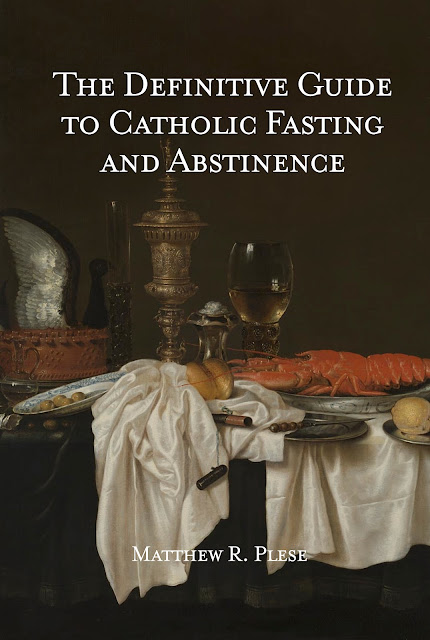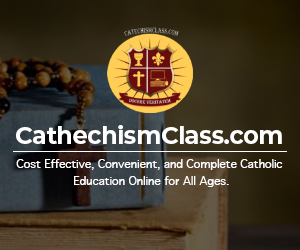Today the Church observes the 8th anniversary of the publishing of
Summorum Pontificum,
the long-awaited motu proprio of Pope Benedict XVI replacing all former
"indults" and declaring that the Tridentine Latin Mass was never abrogated and all priests had the right to offer this Mass at any time, in public or private, without any "permission" from a bishop.
Called the Mass of the Ages, the
Most Beautiful Thing This Side of Heaven,
the Mass of John XXIII, the Tridentine Latin Mass, and most
recently, the Extraordinary Form of the Roman Rite, this Mass truly is
one of the most beautiful forms of worship for the Catholic Church.
Below are links concerning the Tridentine Mass. On July 7, 2007, the
motu proprio by Pope Benedict XVI,
Summorum Pontificum, was issued and thereby allowed a wider usage of the Sacraments according to the 1962 Missal.
After years of waiting, finally on July 7, 2007, the motu proprio,
Summorum Pontificum, allowing a wider usage of the Sacraments according to the 1962 Missal was published. Pope Benedict has an official
letter to the Bishops on the topic of this motu proprio.
Visit the
Vatican's website for the Latin text of the actual motu proprio.
In
essence, the document affirmed that the Tridentine Mass – the way that
the Mass was celebrated for centuries leading up to the 2nd Vatican Council – was never abrogated and such can and should still be said. The text of the document can be found under the Catechism References in today’s lesson.
Quoting from the text, pay particular attention to the following line by His Holiness Pope Benedict XVI: "
It
is, therefore, permissible to celebrate the Sacrifice of the Mass
following the typical edition of the Roman Missal promulgated by
John XXIII in 1962 and never abrogated, as an extraordinary form of the
Liturgy of the Church"
Every action of the priest in the
Tridentine Mass – unlike in the Novus Ordo – is regulated by established
laws. The single greatest source of these rules in the English
language is
The Celebration of Mass: A Study of the Rubrics of the Roman Missal available
for purchase online. The Tridentine Mass truly made it possible for
Catholics to attend a uniform Mass anywhere in the world. If you were
in Rome, China, America, etc you would truly have seen and heard Mass in
the same manner, which unfortunately is not the case today.
One common complaint against the Traditional
Latin Mass is that the priest faces “away” from the people. In all
actuality, this is incorrect. The priest faces in the same direction
“with” the people. It is the priest who stands before the people as He
faces our Lord – truly present before Him in the tabernacle. This is
the ancient way of saying Mass and has been done for centuries.
The
priest faces “ad orientem” meaning that he faces Eastward, which is
theologically important because that is the direction from which the Sun
rises. Jesus Christ, the Sun that never sets, will one day come again
from the East. The ad orientem orientation is opposed to that called
versus populum, in which the celebrating priest faces the people. In
7th century England, Catholic churches were built so that on the very
feast day of the saint in whose honor they were named, Mass could be
offered on an altar while directly facing the rising sun (Andrew Louth,
"The Body in Western Catholic Christianity," in
Religion and the Body,
ed. by Sarah Coakley, Cambridge, 2007 p 120).
On 13 January 2008, Pope
Benedict XVI publicly celebrated Mass in the Sistine Chapel ad
orientem. He celebrated Mass facing the altar in the Sistine Chapel
annually for the Feast of the Baptism of the Lord.
“...
When a general leads his troops into battle does he face them? When a
representative of the people approaches the Ruler on their behalf does
he face them? When a priest is going to the Lord on behalf of his people
should he face them? When the priest is acting as the intermediary
between the people and God he faces the Altar. When he is dispensing the
gifts of God, or speaking to the people, he faces the people” (Fr.
Joseph Santos of the Diocese of Providence, Rhode Island).
David Martin is the author of Vatican II: A Historic Turning Point. He
appeared in a Guest Column on the Remnant Newspaper on the important
topic of "Turning the Altars Away from Facing God". We quote below from
his piece.
In
contemplating the spiritual blight of these last times, due
consideration must be given to the liturgical reform of Vatican II since
this was the hub that set into motion a new order of liturgical chaos
that has all but extinguished the Faith and bedimmed the planet.
Christ gave us His Church that it might be a light to the nations
signified by the Latin word, Lumen Gentium. The light of tradition
emanating from the old Latin Mass is that Lumen Gentium wherewith to
attract the world to Christ, but by removing this after the Council the
church lapsed into a spiritual eclipse that has since scattered the
flock and left the world in the dark, fulfilling the prophesy of Our
Lady at La Salette: "The Church will be in eclipse, the world will be in
dismay." (1846)
That is to say, the political and sociological
debacle of our time is really a crisis of Faith, which means the
solution to the crisis rests on the shoulders of the Catholic hierarchy.
If the Church were in good shape as in former times, it would again be a
powerful beacon to dispel the darkness and illuminate the nations, but
as it stands the agents of darkness are having a field day and are
overshadowing the Faith because the light of True Faith is merely
flickering today because poor liturgical practice.
The very crux
of the problem has been the practice of having the priest say Mass
facing the people (versus populum), since it has brought about a shift
of focus where the emphasis today is on the community instead of on God.
According to Monsignor Klaus Gamber whom Cardinal Ratzinger [The future
Pope Benedict XVI] proclaimed as a prophet for our time, the turning around of the altars after Vatican II was the most destructive of the post-conciliar reforms, citing
that "there is no basis for it in liturgical history, nor theology, nor
sociologically." He points out that "changes in the traditional liturgy
also mean a change of faith itself" and goes on to say..















